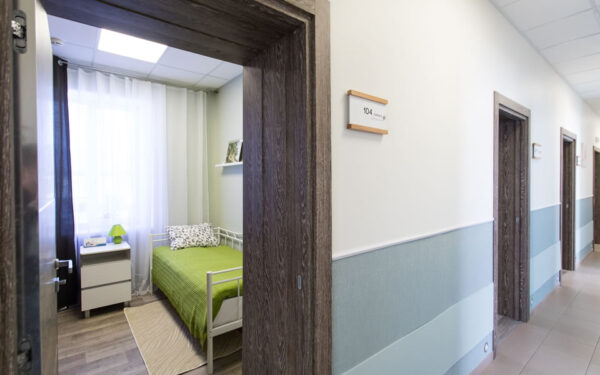CMS Resident Classification Systems Update

The Centers for Medicare and Medicaid Services (CMS) have plans to roll out three major initiatives beginning October 1, 2018. These initiatives include Value Based Purchasing (VBP), Skilled Nursing Facility Quality Reporting Programs (SNFQRP), and payment reform, known as Resident Classification Systems Version 1 (RCS-1). The common theme of these initiatives is providing efficient, cost effective, quality care to Medicare recipients. VBP and SNFQRP have the potential to reduce each Medicare payment rate by up to 2%, while the RCS-1 is designed to “better align payment with resource use and eliminate therapy provisions related to financial incentives inherent in the current payment model” (Federal Register, May 5, 2017), or remove the heavy emphasis therapies currently have on payments, thus saving the Medicare program money. Today we will be discussing the changes from the current resource utilization group (RUG) payment methodology to the proposed RCS-1 system.
Current Method
Currently, skilled nursing facilities are paid based upon a case mix system comprised of 66 resource utilization groups. This system attempts to predict the cost to rehab patients based upon their diagnosis, services needed, and other costs related to treatment. In order to accurately predict rates, CMS studied three characteristics of skilled nursing home residents: clinical characteristics, activities of daily living, and skilled services required. Additionally, since a large number of Medicare recipients residing in skilled facilities need some type of therapy, the main factor in determining a resident’s RUG category is represented by the number of therapy treatment minutes performed. The final RUG rates are divided into two components — labor portion and non-labor portion. The labor portion is adjusted by a wage index factor which varies throughout the country dependent upon a facility’s location.
Proposed RCS-1 Method Overview
The proposed new system will be based entirely on the accurately completed 5-day MDS assessment. Under the proposed RCS-1 payment model, rates will be determined using four case-mix-adjusted payment components:
- PT/OT – Inclusive of all physical and occupational therapy services;
- SLP – Inclusive of all speech-language pathology services;
- Nursing – Inclusive of utilization of nursing services and social services;
- NTA – Covers all costs associated with non-therapy ancillaries.
In addition to the above four categories, a non-case mix payment will be added to the rate calculation to cover fixed costs relating to room and board.
Proposed RCS-1 Rate Calculation
Each of the four determinants listed above will contain its own calculation methodology based upon diagnosis and attributable resident characteristics. All four components will also have their own base rates, which will be adjusted by a case mix index. The (PT/OT and NTA components will have per diem payment adjustments in order to account for changes in cost of care over the course of a residents stay). Each of the above components includes various groups in which residents will be characterized as follows:
| COST COMPONENT | NO. OF GROUPS |
| Physical Therapy/Occupational Therapy | 30 |
| Speech-Language Pathology | 18 |
| Non-Therapy Ancillary | 6 |
| Nursing | 42 |
This new system will classify each resident into a separate group for each of the components. In the end, each category has its own base rate, which is multiplied by a case-mix index (determined by which of the groups the residents are classified in). As previously mentioned, the PT/OT and NTA are then multiplied by a declining adjustment factor, which reduces rates the longer the patient resides at the facility. Once final rates are determined for the four categories, they are added together with the non-case-mix rate for the final payment rate. Due to the new payment adjustment percentages, the rate will decrease over the course of the stay.
Other Considerations
Below are other items to be considered under the new RCS-1 model.
- Only one assessment will be done for each Medicare resident. The 5-Day MDS Assessment will determine the Medicare rates.
- A re-hospitalization of greater than 3 days will result in a new 5-Day MDS Assessment, thus resulting in a new Medicare rate. If the re-hospitalization is less than 3 days, no new assessment is required, and providers will continue to receive the existing rate.
- If there is a significant change in status, a significant change status assessment will need to be completed, and the rate will be adjusted to account for the new assessment.
Summary
There are three major initiatives in value-based purchasing, mandatory SNF quality reporting, and payment reform that are all proposed to begin October 1, 2018. The proposed payment reform, RCS-1, will drastically change how rates are calculated. It is imperative that the 5-Day MDS Assessments are performed accurately. This new system is intended to encourage shorter lengths of stay within skilled nursing facilities as well as reduce overall therapy services. This CMS initiative focuses on providing efficient, quality services to Medicare recipients.





